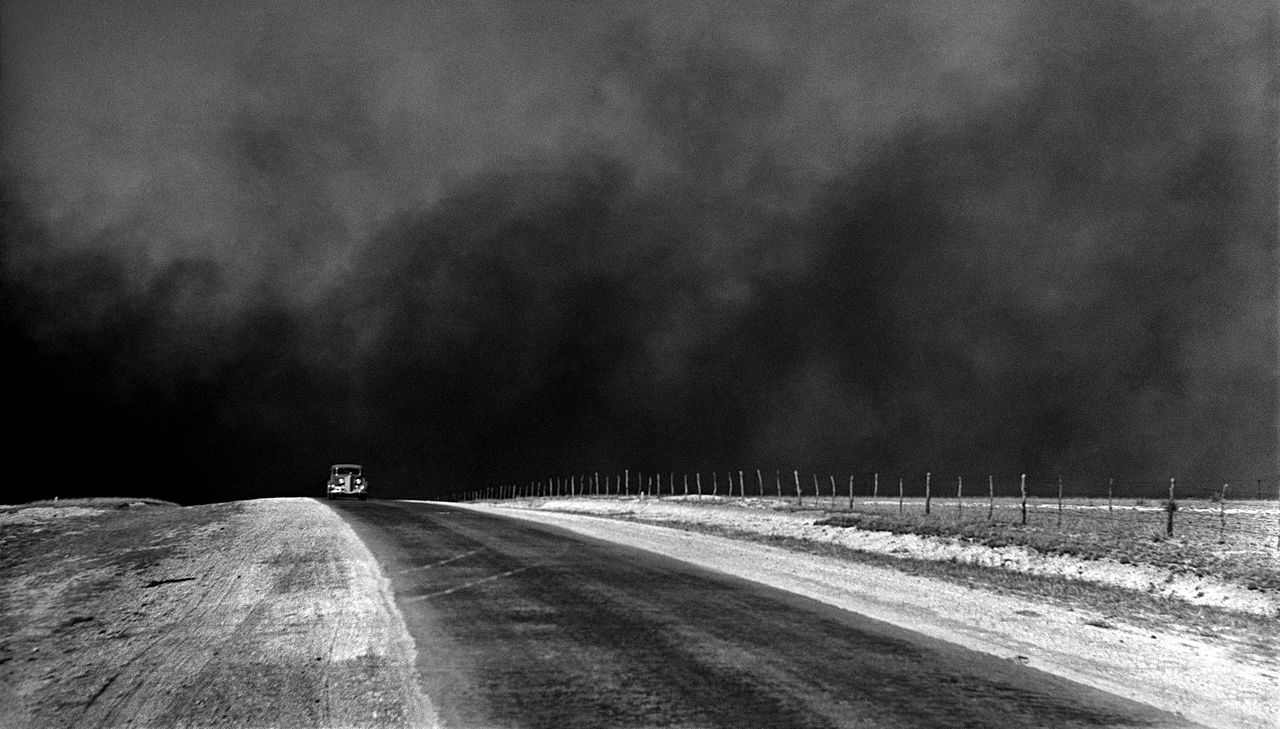In clean, cool air the morning after a thunderstorm, while blazing pink and golden light spills over the horizon before becoming a deep cerulean crown over a sweltering summer afternoon, it is difficult to imagine the conditions in Texas only a few generations ago. Time has swept aside enough debris from our national and even local memory to carry the Dust Bowl from hazy or faded to forgotten.
Login to read more
Sign in or create a free account to access Subscriber-only content.
Topics:
